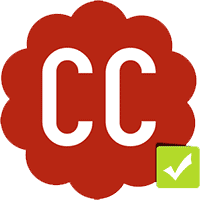The difference between content marketing and content strategy
The difference between content marketing and content strategy is the way you implement both the activities and the direction they take. Strategy, as the name suggests, is more cerebral, whereas, actual action takes place when you start marketing.
